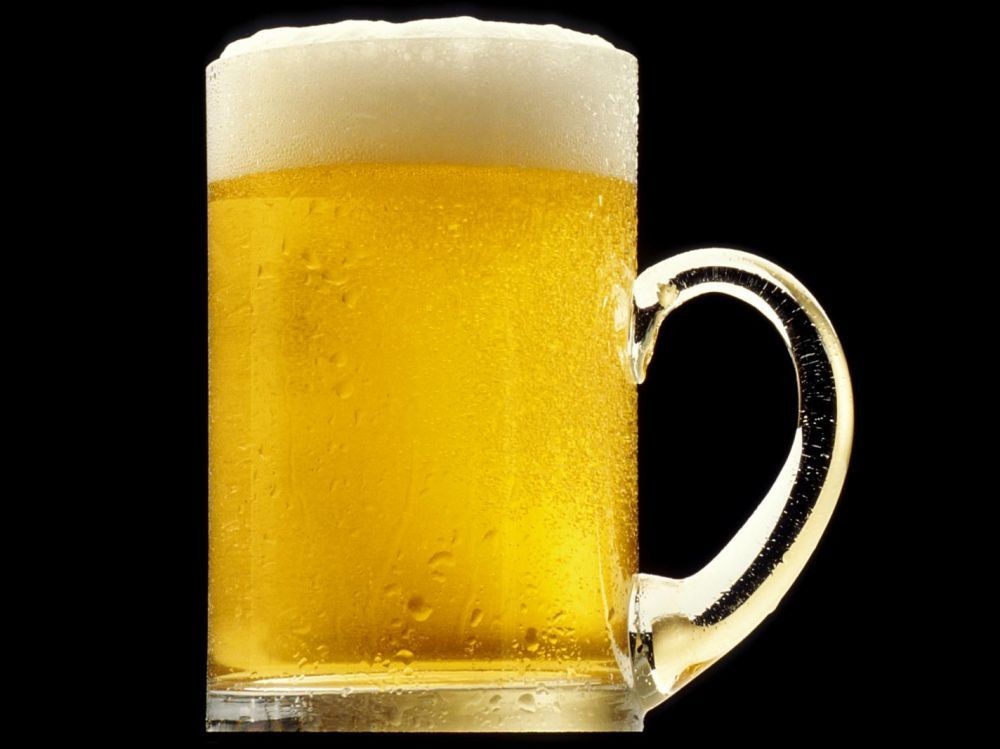It is a treasure that the most daring pirates would not deny. It is a beautiful golden treasure brought up from the depths of the sea. The Queen Victoria Museum and Art Gallery, in collaboration with the Australian Wine Research Institute and Australian James Squire Breweries are working to revive a beer 220 years old, made from the yeast found in a shipwreck discovered over two decades ago.

A 1796 beer found in a wreck will be brewed again
The Sydney Cove was a ship armed in 1796, departing from Calcutta bound for Sydney, the holds crammed with various goods destined for resale. Tea, dishes, rice, tobacco and over 30,000 liters of alcohol. Rum, wine, port and especially beer. But all these bottles will never arrive safely. The boat, battered by bad weather, was shipwrecked on a small island northwest of Tasmania, Preservation Island. At the end of the world. What follows is a tragic adventure in which seventeen men set out to seek help. After a second shipwreck and 600 kilometers of walking in then wild and unexplored lands, only three of them reached Sydney. Two hundred years later, the wreckage was excavated by a team of archaeologists. They then discovered several bottles of the cargo, sealed and intact, with the contents preserved by the freshness of the sea waters. The remains of the shipwreck are then transferred to the Queen Victoria Museum &Art Gallery in Launceston (Australia) to be studied and exhibited there.
Preservation Island, site of the Sydney Cove sinking .
This isn't the first example of ancient liquor being recovered from a shipwreck. Sure, the Phoenician wine amphoras found in an ancient shipwreck off Malta in 2014 had long been empty, but the 17th and 18th century bottles of Madeira wine discovered in 1982 in the North Sea, or the 1830 champagne discovered in the Baltic Sea in 2010 were still drinkable and good.
The resurrection of a beer from the time of the French Revolution
About the Sydney Cove beer bottles , they came under the responsibility of David Thurrowgood when he became curator of the Queen Victoria Museum &Art Gallery in September 2014. And a crazy idea germinated in his mind. Since the bottles were hermetically corked, could you find brewers' yeasts from 1796 intact inside? A first attempt to recover yeasts will fail, but two samples from another bottle which had been carefully decanted during the excavation of the wreckage, were then found in the museum's storerooms. And these samples were found to contain Brettanomyces , wild brewing yeasts now abandoned in modern brewing - except for lambics and a number of craft beers - but which were used in old-fashioned brewing prior to the Industrial Revolution. Another brewer's yeast was also present, a hybrid of Saccharomyces similar to the yeasts used in the top fermentation of Trappist beers. 222 year old yeasts.
After identification, the yeasts were handed over to craftsmen at the James Squire Brewery, which ironically bears the name of Australia's first brewer, contemporary to the sinking. These, have tried different ways to use them with modern brewing methods. Inspired by the beers that were transported to Sydney Cove - porters , a dark beer style made in London from roasted malt - Brewers at James Squire Brewery have managed to create a deep, malty beer with notes of chocolate and spice. Named Wreck Preservation Ale , "Preservation Island Shipwreck Beer" will be available at Great Australian Beer SpecTAPular, the Australian Beer Festival from May 18. If you are in Australia at this time, remember that alcohol abuse is dangerous for your health. Although this time it's for a good cause, part of the beer sales will indeed be used to fund the Queen Victoria Museum &Art Gallery's research on the collection from Sydney Cove . Brewers, like David Thurrowgood, the museum's curator, are already dreaming of a new campaign of archaeological digs on the wreck.
